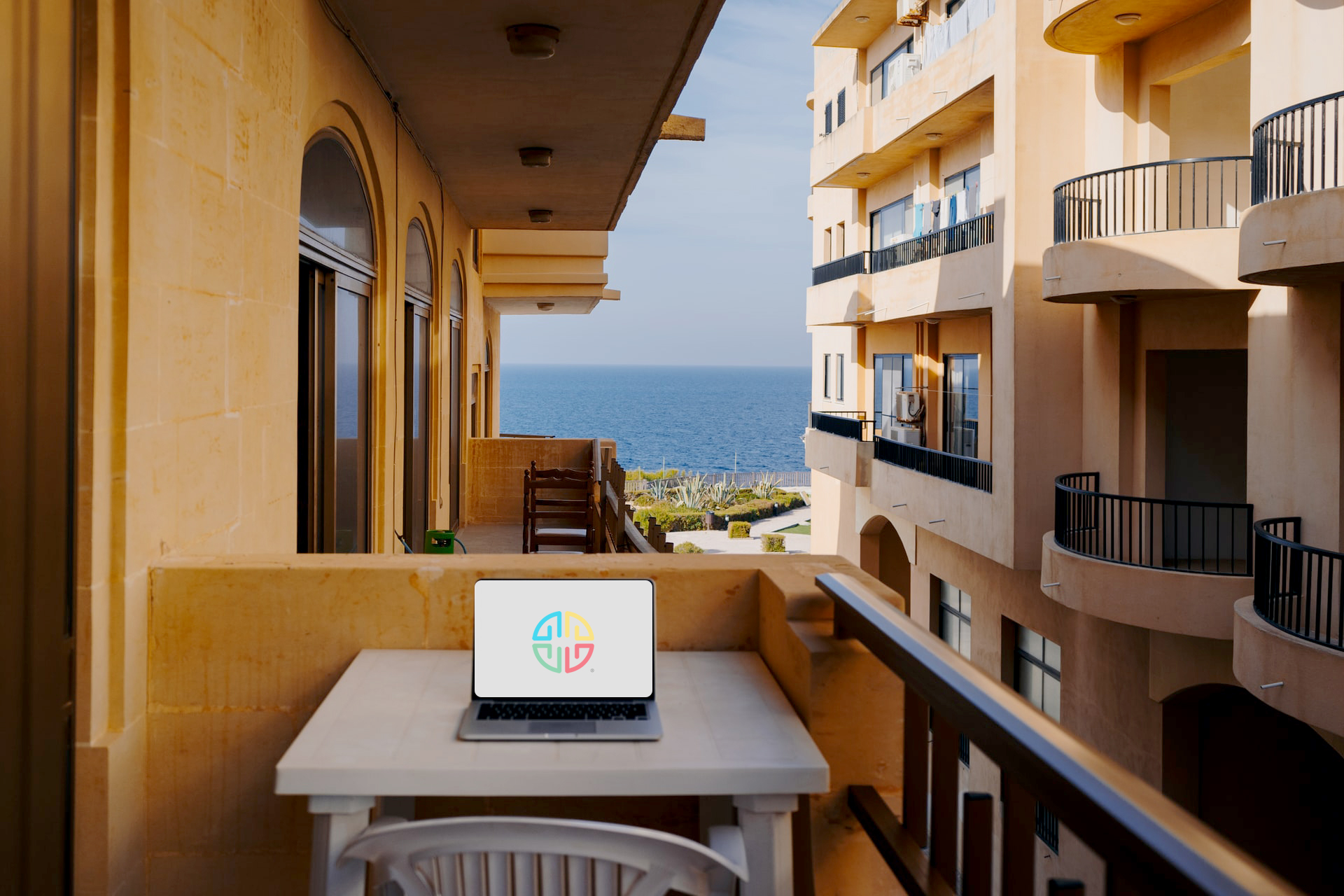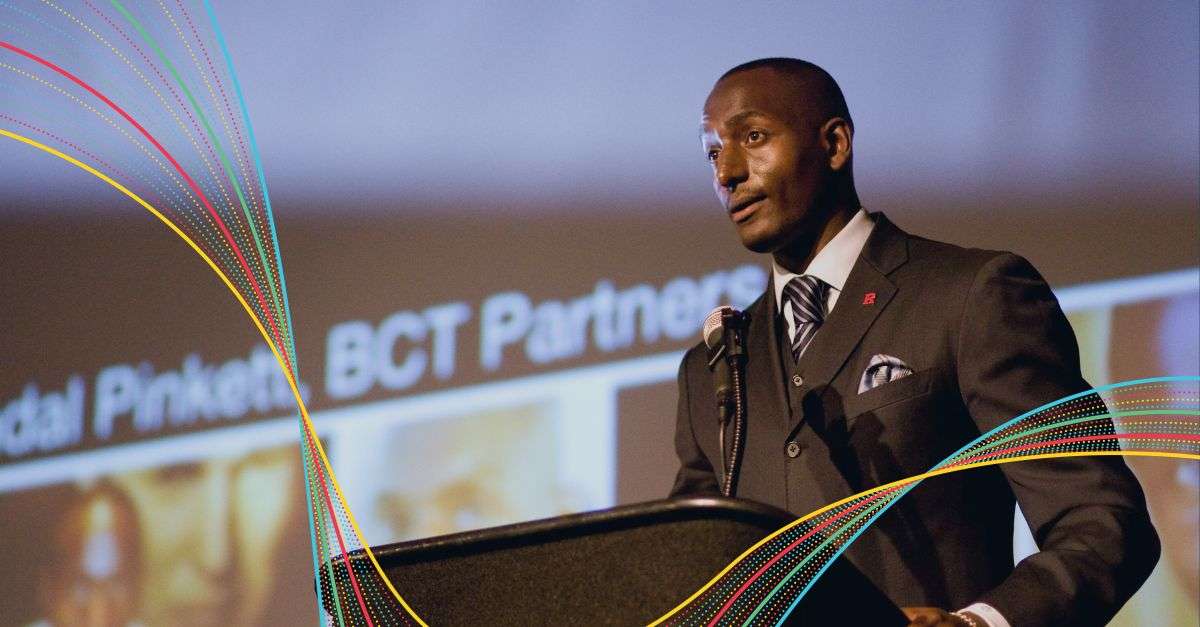For years, businesses and employees have debated whether working from home was a good thing. In 2020, that debate came to an abrupt end when the COVID-19 pandemic forced the decision. The traditional office environment gave way to remote work, whether or not that’s what you (or your boss) was prepared for.
Since then, some companies have returned to the traditional office setting, but flexible, remote, and hybrid-remote workforces are likely here to stay.
A study in the UK found that 82% of businesses there are considering changing their future working practices to allow more staff to work remotely.
And PwC’s US Remote Work Survey reveals that 83% of office workers want to work from home at least one day a week. That same survey also found that more than half (55%) of employers anticipate that most of their workers will do so beyond the pandemic.
While some people quickly embraced the work-from-home experience, others have struggled.
That’s not surprising since this was a huge change, and everyone deals with change differently.
But more than just a single massive change, this has also been a series of disruptions: getting the necessary technical infrastructure in place, setting up dedicated workspace, dealing with feelings of isolation and navigating the myriad distractions, among them.
It’s been a lot.
The new focus for many human resources professionals is supporting remote teams and their leaders to make sure everyone stays productive, connected and engaged throughout all of this change and uncertainty.
That can seem like a pretty tall order.
But what you may not realize is that all of these challenges, as well as the way different people respond to them, are rooted in thinking.
By decoding the thinking, you can simplify this process and make the remote work environment really work for everyone.
Decoding Thinking with the HBDI Assessment
Sign up to our newsletter for the latest insights
- The A Quadrant –The Analyzer: Logical thinking, analysis of facts, processing numbers
- The B Quadrant – The Organizer: Planning approaches, organizing facts, detailed review
- The C Quadrant – The Personalizer: Interpersonal, intuitive, expressive
- The D Quadrant – The Strategizer: Imaginative, big-picture thinking, conceptualizer
The HBDI® assessment measures your degree of preference for each of these quadrants, and it also shows how your thinking shifts under pressure.
These preferences are like “selves.” You have a team of the four thinking “selves” available to you. But if you’re like most of us, you prefer some of them over others, and those are the ones you’ll tend to put into play most often.
Once you understand this, you can learn to apply Whole Brain® Thinking to start using your thinking more deliberately. For example, you might find opportunities to put some of those less preferred players on the field to improve your results.
But it’s not just about you.
By decoding someone else’s thinking, you can discover what’s important to them, how they’re likely to respond to certain situations, what they need in order to be successful and what might be particularly challenging for them.
The HBDI® can also be used to decode the thinking of an entire team, giving you more insight into the team’s dynamics.
Here’s what’s particularly powerful about this: Since everyone has access to all four quadrants, a leader who knows their own HBDI® profile and the profile of their employees and team essentially has the magic key.
They have all the information they need to adapt their plans, processes, communications and everything else they’re doing to optimally meet the needs of the entire team and put the team’s cognitive diversity to better use.
That’s what Whole Brain® Thinking is all about.
Using Whole Brain® Thinking to Improve Remote Teams, Policies and More
Let’s look at a few areas where this can benefit hybrid, distributed and remote teams specifically.
- Communication: Communication — between team members and by the team leader — is vital when you don’t have regular face time with each other. But more isn’t necessarily better.
- Leadership: Many managers lead according to what they need — in other words, according to their own preferences. As a result, they end up leaving some employees without the tools and support they need to be successful. Especially when people are working remotely, this can lead to burnout, disengagement and other performance issues.
- Team performance: When you’re not in the same physical location every day, you risk losing the collective dynamic that makes great teams so powerful. One way the HBDI® helps reinforce the entire team's sense of “we’re all in this together” is that it increases visibility into the team’s diversity of thought, or cognitive diversity. That leads to insight into the unique thinking strengths each team member brings to the virtual table, as well as the collective strengths of the team as a unit. Teams that understand their individual and collective thinking not only value their colleagues’ contributions, they also make better use of that diversity of thought.
What does effective communication look like for your team?
Well, it depends on the thinkers involved.
When team members share their HBDI® profiles, they let others know how to communicate in a way that’s going to get their message across in the way it’s intended.
Leaders can also use the Whole Brain® Model as a planning tool to outline important communications so that they’re clear and understood by everyone. In a sense, Whole Brain® Thinking gets everyone speaking a common language regardless of preference.
By understanding the HBDI® profiles of their team members, managers can adapt their coaching, communication and support to meet the needs of their employees rather than applying a one-size-fits-all approach, which almost never does.
For example, someone with a strong preference for structured, organization-focused (B-Quadrant) thinking might not have been challenged at all by the prospect of setting up a home office; they were probably energized by it.
A team that recognizes the importance of Whole Brain® Thinking is going to ask that B-Quadrant Thinker to share their advice.
They might turn to the interpersonal (C-Quadrant) Thinkers for suggestions on how to keep the teamwork spirit high.
Those with analytical (A-Quadrant) preferences might help them quantify their goals.
And the big-picture, spatial (D-Quadrant) Thinkers might come up with creative ways to navigate the changes.
Getting Certified in the HBDI® Assessment
Because the HBDI® is part of the cloud-based, digital Herrmann Platform, it’s never been easier to integrate the benefits of diversity of thought and Whole Brain® Thinking into your remote work culture.
Now, our eCertification program brings the certification process to you wherever you are.
In this virtual certification program, you’ll learn to use, apply and interpret the HBDI® assessment and use the Whole Brain® Thinking system with individuals, teams or groups of any size.












